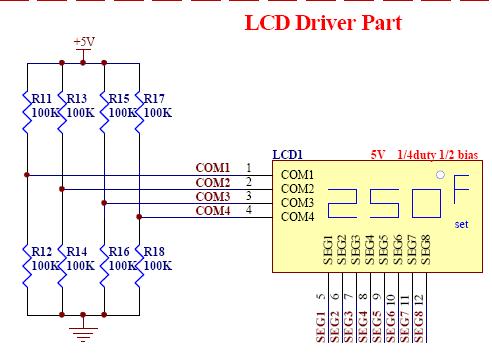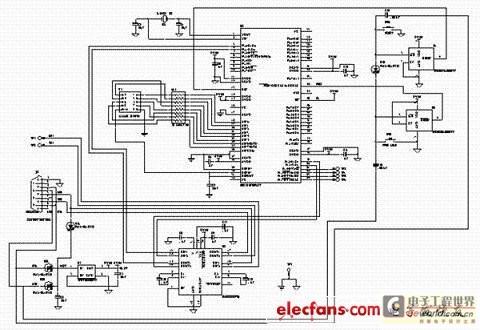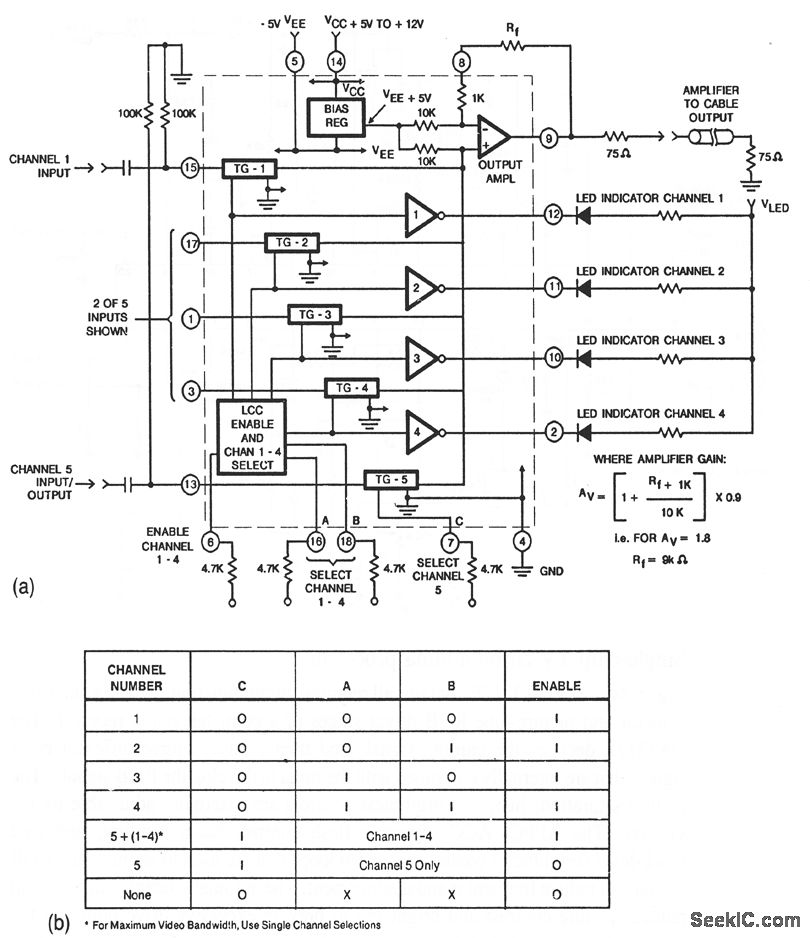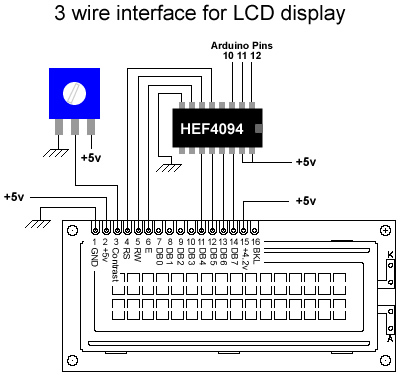
direct driving LCD

The LCD in question has more pins than the microcontroller. It was not possible to expand the image for a better view. Unless there is a strong preference for using this display, it is recommended to obtain a Hitachi-compliant alphanumeric display with an onboard driver. This alternative will require fewer I/O pins and less microcontroller code.
The choice of display in electronic designs is critical, particularly when interfacing with microcontrollers. The mentioned LCD, with its greater number of pins compared to the microcontroller, poses potential challenges in terms of pin allocation and complexity in programming. The inability to expand the image for a clearer view further complicates the assessment of its compatibility and usability.
In contrast, a Hitachi-compliant alphanumeric display with an onboard driver is suggested as a more efficient alternative. Such displays typically integrate the necessary control circuitry within the module itself, significantly reducing the number of I/O pins required from the microcontroller. This integration not only simplifies the hardware connections but also minimizes the complexity of the software code needed to drive the display.
Using a Hitachi-compliant display allows developers to leverage established libraries and example codes, which can expedite the development process. These displays usually adhere to standard protocols, ensuring compatibility with a wide range of microcontrollers. As a result, the overall design becomes more streamlined, making it easier to manage resources and optimize performance.
In summary, when selecting a display for microcontroller applications, it is crucial to consider the number of pins, the complexity of the interfacing code, and the potential for future scalability. The recommendation to opt for a Hitachi-compliant alphanumeric display is based on these factors, aiming to enhance both the functionality and efficiency of the electronic design.The LCD in question appears to have more pins than the microcontroller, I could not expand the image to get a better look. Unless you are adamant about using this display, I recommend obtaining a hitachi compliant alphanumeric display (onboard driver), this will require fewer I/O pins and less uC code.
🔗 External reference
The choice of display in electronic designs is critical, particularly when interfacing with microcontrollers. The mentioned LCD, with its greater number of pins compared to the microcontroller, poses potential challenges in terms of pin allocation and complexity in programming. The inability to expand the image for a clearer view further complicates the assessment of its compatibility and usability.
In contrast, a Hitachi-compliant alphanumeric display with an onboard driver is suggested as a more efficient alternative. Such displays typically integrate the necessary control circuitry within the module itself, significantly reducing the number of I/O pins required from the microcontroller. This integration not only simplifies the hardware connections but also minimizes the complexity of the software code needed to drive the display.
Using a Hitachi-compliant display allows developers to leverage established libraries and example codes, which can expedite the development process. These displays usually adhere to standard protocols, ensuring compatibility with a wide range of microcontrollers. As a result, the overall design becomes more streamlined, making it easier to manage resources and optimize performance.
In summary, when selecting a display for microcontroller applications, it is crucial to consider the number of pins, the complexity of the interfacing code, and the potential for future scalability. The recommendation to opt for a Hitachi-compliant alphanumeric display is based on these factors, aiming to enhance both the functionality and efficiency of the electronic design.The LCD in question appears to have more pins than the microcontroller, I could not expand the image to get a better look. Unless you are adamant about using this display, I recommend obtaining a hitachi compliant alphanumeric display (onboard driver), this will require fewer I/O pins and less uC code.
🔗 External reference





